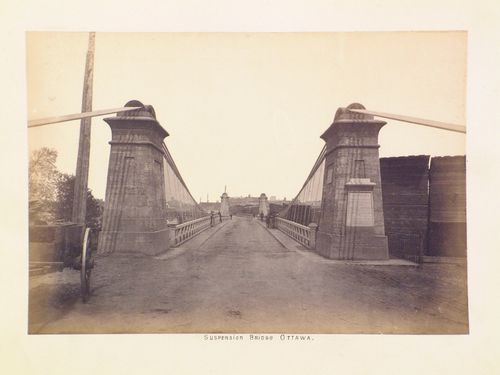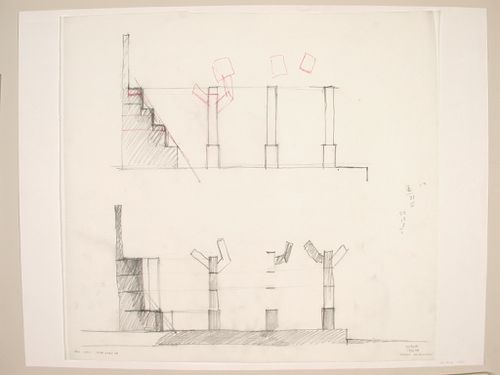dessins
AP075.S1.1983.PR01.068
circa 1983
dessins
circa 1983
dessins
AP018.S1.1983.PR02.001
1983
dessins
1983
dessins
AP018.S1.1983.PR02.026
circa 1983
dessins
circa 1983
documents textuels
AP075.S3.SS2.026
Description:
Original folder entitled: "PARLIAMENTARY PRECINT CENTRE BLOCK, PHASE 2A, RENOVATIONS, OTTAWA".
1989
Consultant services for the Parliamentary Precint Project in Ottawa, Ontatio
Actions:
AP075.S3.SS2.026
Description:
Original folder entitled: "PARLIAMENTARY PRECINT CENTRE BLOCK, PHASE 2A, RENOVATIONS, OTTAWA".
documents textuels
1989
documents textuels
AP018.S1.1978.PR06.003
1978
documents textuels
1978
dessins
ARCH279987
Description:
Panel with perspective view of the interior court for the National Gallery of Canada, Ottawa, Ontario, Canada.
1994
Presentation panel for the National Gallery of Canada, Ottawa, Ontario
Actions:
ARCH279987
Description:
Panel with perspective view of the interior court for the National Gallery of Canada, Ottawa, Ontario, Canada.
dessins
1994
dessins
ARCH279988
Description:
Panel with elevation of the Taiga Garden against the façade for the National Gallery of Canada, Ottawa, Ontario, Canada.
1994
Presentation panel for the National Gallery of Canada, Ottawa, Ontario
Actions:
ARCH279988
Description:
Panel with elevation of the Taiga Garden against the façade for the National Gallery of Canada, Ottawa, Ontario, Canada.
dessins
1994
Projet
AP075.S1.1983.PR01
Description:
Project series documents Cornelia Hahn Oberlander's design for the interior and exterior landscape of National Gallery of Canada in Ottawa. Oberlander worked on this project from 1983-1995 with architects Moshe Safdie and John C. Parkin. Oberlander's overall concept for the landscaping was based on the building organizational pattern of a city. She created "a pathway system that connected the front of the National Gallery to Nepean Point behind the gallery." [1] Oberlander landscape design includes the design of three exterior area and a courtyard. Each space is design in relations to the art displayed in the immediate indoor gallery: the Taiga Garden "flanks the gallery's interior glass-and-concrete collonade that leads to the Canadian and Aboriginal Art galleries." [2]; the Minimalist Courtyard relates to the modern art collection gallery; the zigzag-shaped pathway passes between the National War Museum and the new gallery; and interior courtyard links the restored ninetheeth-century Rideau Chapel relocated inside the National Gallery and provides and church-like atmosphere. The project series contains textual records, including specifications, correspondence, documentation, financial documents, plant lists, press clippings about the project, and Oberlander's concept development notes. The project is also recorded through photographic materials, such as slides and photographs of the construction of the building and the landscape work and the photographs of the completed project. The project series also includes conceptual drawings, design develepment drawings, working drawings and presentation drawings, including landscape plans, planting plans, grading and irrigation plans and building plans used as reference. Source: [1] Herrington, Susan. Cornelia Hahn Oberlander: Making the Modern Landscape, University of Virginia Press, 2014, 304 pages, p. 165. [2] Herrington, Susan. Cornelia Hahn Oberlander: Making the Modern Landscape, University of Virginia Press, 2014, 304 pages, p. 166.
1983-2005
National Gallery of Canada, Ottawa, Ontario (1983-1990)
Actions:
AP075.S1.1983.PR01
Description:
Project series documents Cornelia Hahn Oberlander's design for the interior and exterior landscape of National Gallery of Canada in Ottawa. Oberlander worked on this project from 1983-1995 with architects Moshe Safdie and John C. Parkin. Oberlander's overall concept for the landscaping was based on the building organizational pattern of a city. She created "a pathway system that connected the front of the National Gallery to Nepean Point behind the gallery." [1] Oberlander landscape design includes the design of three exterior area and a courtyard. Each space is design in relations to the art displayed in the immediate indoor gallery: the Taiga Garden "flanks the gallery's interior glass-and-concrete collonade that leads to the Canadian and Aboriginal Art galleries." [2]; the Minimalist Courtyard relates to the modern art collection gallery; the zigzag-shaped pathway passes between the National War Museum and the new gallery; and interior courtyard links the restored ninetheeth-century Rideau Chapel relocated inside the National Gallery and provides and church-like atmosphere. The project series contains textual records, including specifications, correspondence, documentation, financial documents, plant lists, press clippings about the project, and Oberlander's concept development notes. The project is also recorded through photographic materials, such as slides and photographs of the construction of the building and the landscape work and the photographs of the completed project. The project series also includes conceptual drawings, design develepment drawings, working drawings and presentation drawings, including landscape plans, planting plans, grading and irrigation plans and building plans used as reference. Source: [1] Herrington, Susan. Cornelia Hahn Oberlander: Making the Modern Landscape, University of Virginia Press, 2014, 304 pages, p. 165. [2] Herrington, Susan. Cornelia Hahn Oberlander: Making the Modern Landscape, University of Virginia Press, 2014, 304 pages, p. 166.
Project
1983-2005
PH1980:1254
architecture, ingénierie
1860-1900
architecture, ingénierie
DR1995:0123
Description:
Sketches of elevations.
August 1986
The Canadian Tribute to Human Rights, Ottawa, Ontario
Actions:
DR1995:0123
Description:
Sketches of elevations.

